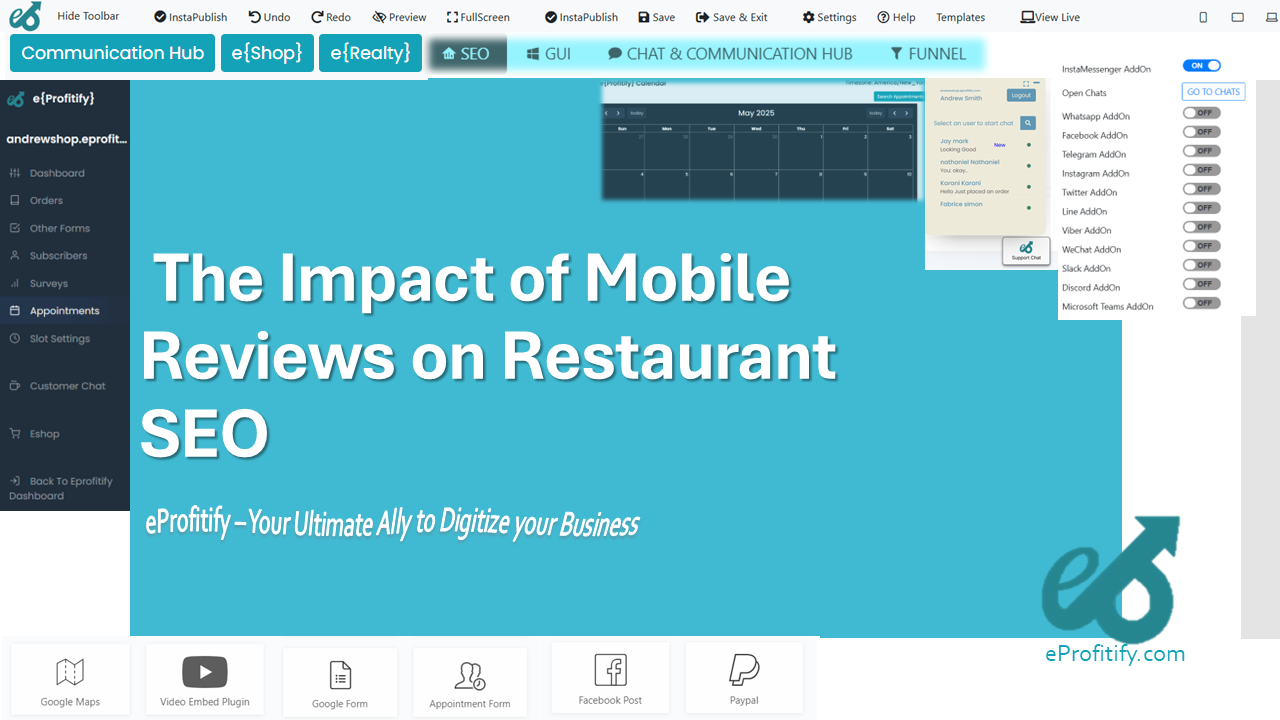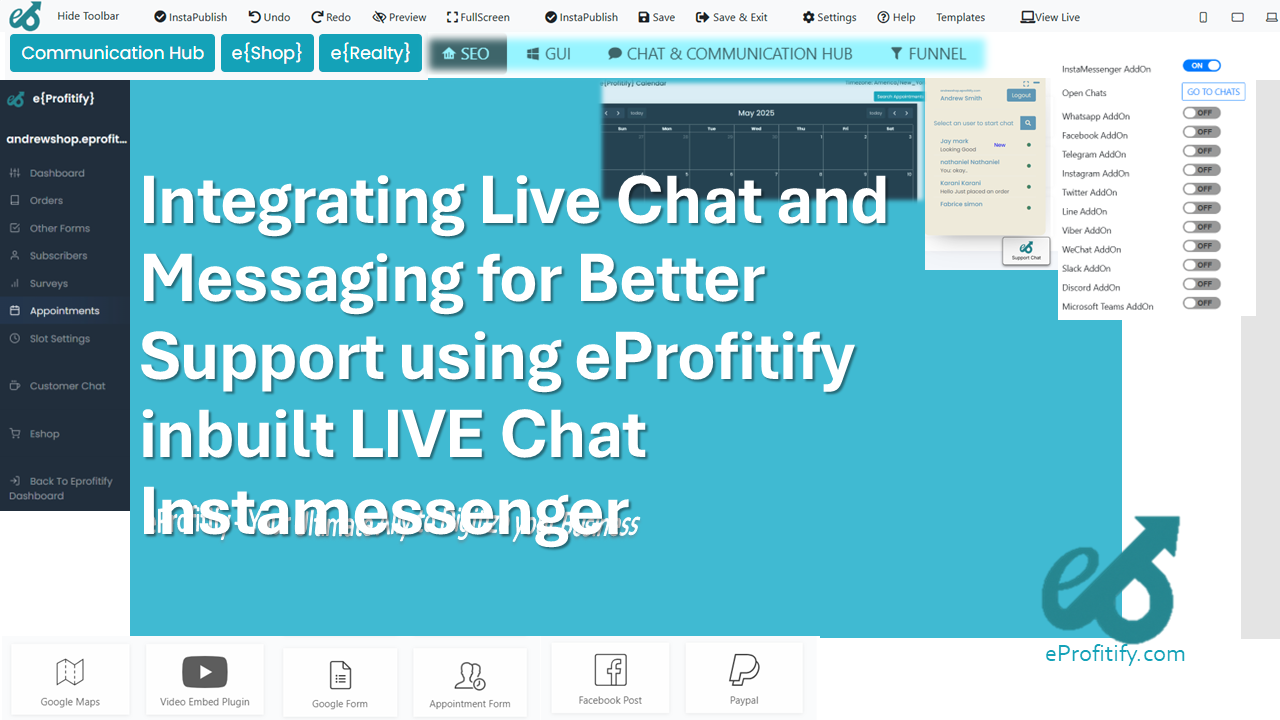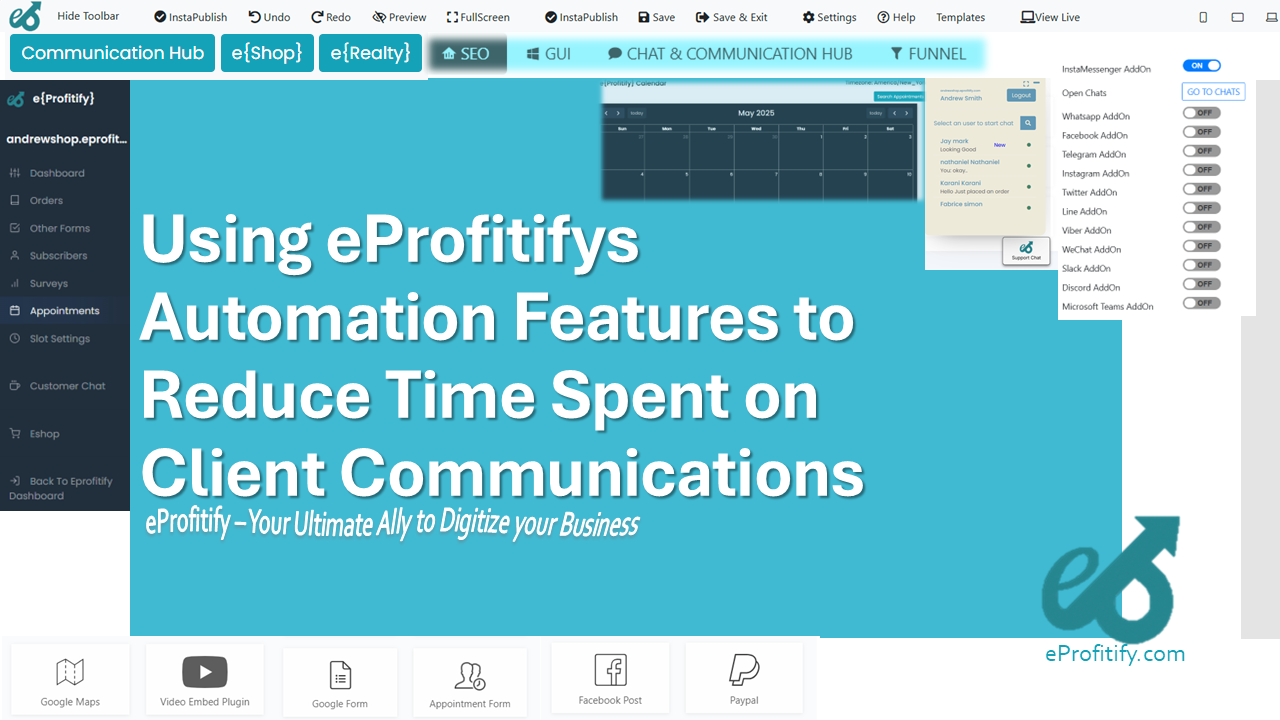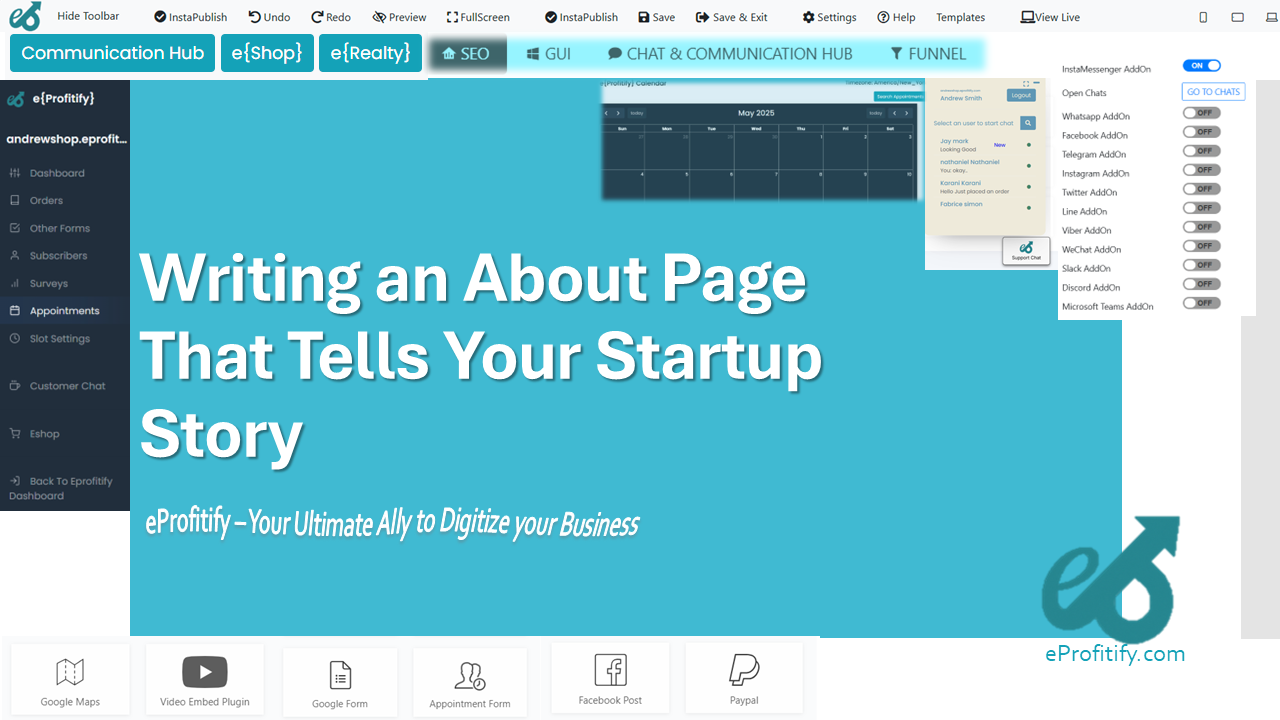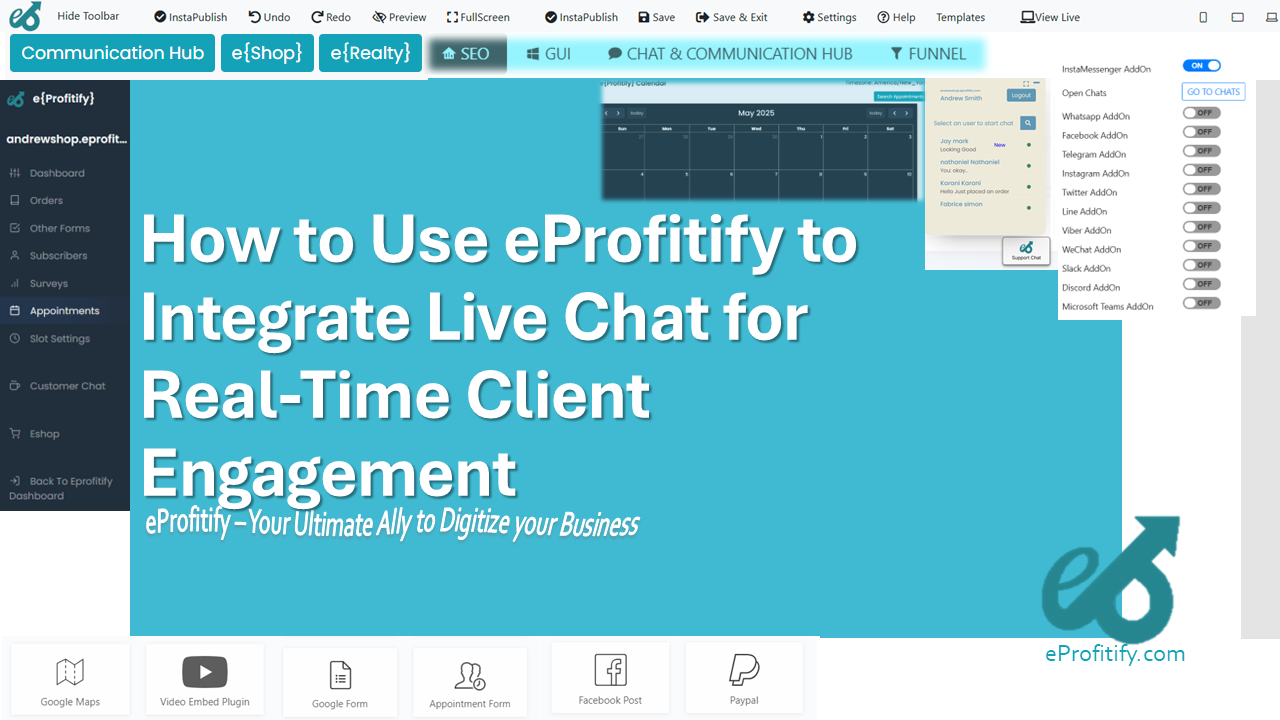Tips for Taking Professional Food Photography
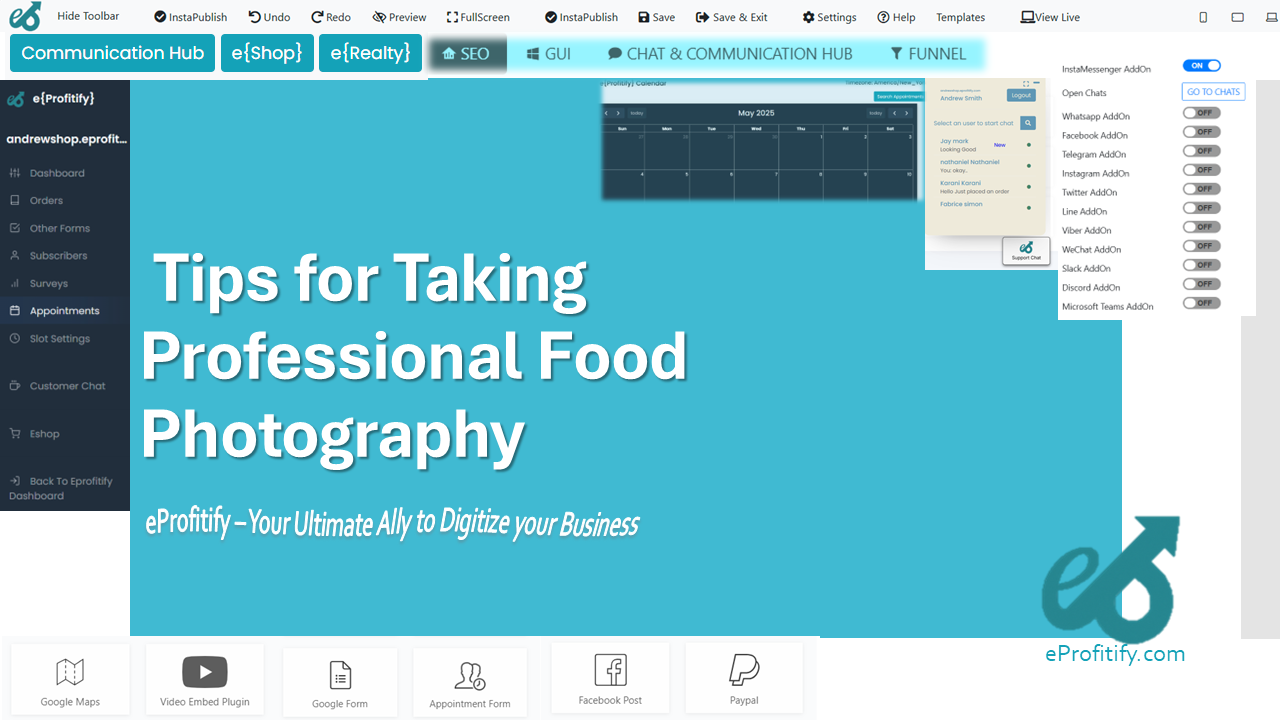
Mastering Professional Food Photography: Essential Tips and Tools for Success
Introduction
In the digital age, food photography has emerged as a pivotal element in shaping culinary experiences and consumer choices. With over 1 billion monthly active users on Instagram (2023), platforms are flooded with visually enticing food content, driving trends and restaurant traffic. Statistics reveal that 70% of diners check a restaurant’s menu online before visiting (Zagat, 2022), and posts with images garner 2.3x more engagement than those without (Buffer). For chefs, bloggers, and brands, high-quality food photography isn’t just an art—it’s a strategic business tool. This guide outlines actionable tips for capturing stunning food imagery and highlights how tools like eProfitify, a leading website and business management platform, can streamline your workflow and amplify your brand.
1. Prioritize Lighting for Natural Appeal
Natural light is the gold standard in food photography. Soft, diffused lighting eliminates harsh shadows and preserves the dish’s colors. Position your setup near a window, using sheer curtains or reflectors to soften light. Avoid direct sunlight, which can cause overheating and unwanted glare. According to Adobe, 90% of consumers say photo quality influences their dining decisions, making lighting a non-negotiable factor.
2. Compose with Intent: Angles and Framing
Experiment with angles to highlight textures and layers:
- Overhead shots work for flatlays and symmetrical dishes.
- 45-degree angles add depth, ideal for stacked foods like burgers.
- Eye-level shots emphasize height, perfect for cocktails or cakes.
Use the rule of thirds to balance elements, placing the hero dish off-center for dynamic visuals.
3. Style with Props and Texture
Props like rustic cutlery, linen napkins, or fresh herbs add context without overshadowing the food. Keep backgrounds simple—neutral-toned plates or wooden surfaces often work best. A drizzle of oil or a sprinkle of spices can enhance realism. Collaborate with food stylists to refine details; their expertise ensures the dish looks fresh and inviting under studio conditions.
4. Invest in Quality Equipment
While smartphones like the iPhone 15 Pro offer impressive 48MP sensors, DSLR or mirrorless cameras (e.g., Canon EOS R5 or Sony A7 IV) provide superior control over depth of field and low-light performance. Pair with prime lenses (50mm or 100mm macro) for crisp details. Tripods stabilize shots for long exposures, ensuring consistency in batch photography.
5. Edit for Perfection
Post-processing elevates raw images. Use Lightroom or Photoshop to adjust exposure, enhance colors, and remove imperfections. Presets can maintain a consistent aesthetic across your portfolio. Avoid over-editing—subtlety keeps the food relatable.
6. Tell a Story
Transform images into narratives by showcasing ingredients, preparation steps, or cultural context. A photo of a chef’s hands plating a dish or a close-up of molten chocolate evokes emotion and connection, increasing shareability.
7. Maintain Brand Consistency
For businesses, cohesive visuals reinforce brand identity. Develop a style guide specifying color palettes, filters, and composition rules. This consistency builds recognition, whether you’re a café updating a menu or a blogger curating a feed.
Leveraging Technology for Business Growth
Behind every successful photographer is a streamlined workflow. eProfitify emerges as an all-in-one solution, offering tools tailored for creative professionals:
- Website Builder: Create a polished portfolio with drag-and-drop templates, ensuring mobile optimization and SEO readiness.
- CRM: Track client interactions, manage follow-ups, and maintain relationships effortlessly.
- Appointment Management: Schedule shoots, consultations, and meetings via an integrated calendar.
- Ecommerce: Sell prints, presets, or workshops directly through your site.
- Instant Messaging: Communicate with clients in real-time, reducing email delays.
Stats underscore the value: 75% of users judge a brand’s credibility by its website (Stanford), and integrated tools can boost productivity by 30% (Forbes). For food photographers navigating the $320 billion online food delivery market (Statista, 2029), platforms like eProfitify simplify scaling operations.
Conclusion
Mastering food photography requires technical skill, creativity, and strategic business management. By adhering to these tips and leveraging eProfitify’s robust toolkit—from CRM to ecommerce—you can enhance your online presence, attract clients, and thrive in a competitive industry. Whether you’re capturing a gourmet dish or a homemade recipe, remember: great photography paired with smart technology is a recipe for success.
Word Count: ~1,000


